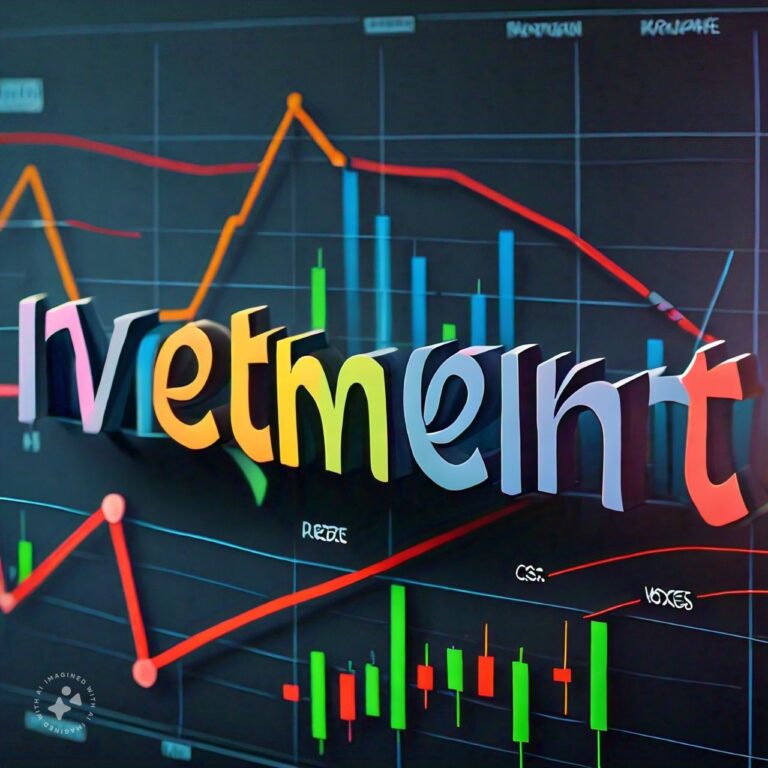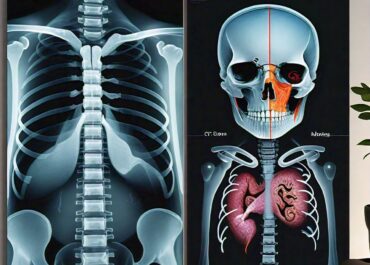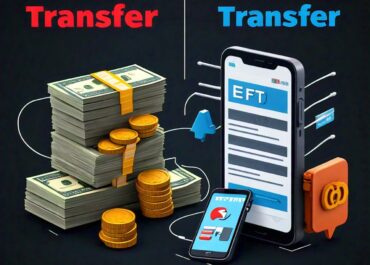
Differences Between Investment Fixed and Variable Costs
When managing finances or running a business, it’s essential to understand the difference between investment fixed costs and variable costs. These two cost categories play a critical role in budgeting, forecasting, and financial analysis, affecting profitability, cash flow, and decision-making.
Investment fixed costs refer to the expenses that remain constant regardless of the level of production or sales activity. They are long-term in nature and are often associated with investments in infrastructure, property, equipment, or machinery. These costs must be paid whether or not the business is actively producing goods or services. On the other hand, variable costs fluctuate with the level of production or sales. These costs increase when production rises and decrease when production falls, directly correlating with business activity. Understanding the distinction between fixed and variable costs is key to making strategic business decisions, such as pricing, cost management, and resource allocation.
Investment Fixed Overview
Investment fixed costs are expenses that do not change with the level of output or sales. They are "fixed" because they remain constant over a specific period, regardless of how much or how little a company produces or sells. These costs are often tied to investments made by the business in physical assets or infrastructure that are essential for running the business, such as:
- Rent or Mortgage Payments:
For businesses that operate out of a physical location, rent or mortgage payments are a prime example of fixed costs. Whether sales are high or low, these payments must be made on a regular basis. - Salaries of Permanent Employees:
While wages for hourly workers may vary depending on hours worked, the salaries of full-time employees, particularly in management or administrative roles, remain the same regardless of the company's production levels. - Depreciation of Assets:
Assets like machinery, vehicles, and office equipment gradually lose value over time, and this depreciation is accounted for as a fixed cost. The depreciation expense remains the same over the useful life of the asset, regardless of how much the equipment is used. - Insurance Premiums:
Businesses must pay regular insurance premiums to cover property, liability, and other types of business insurance. These payments are fixed and need to be paid regardless of the company's operational performance. - Lease Agreements:
If a company leases machinery, equipment, or vehicles, the lease payments are considered fixed costs. These payments do not change based on the number of products made or sold. - Utilities (in some cases):
Basic utilities such as electricity, heating, or water may be considered fixed costs if they remain relatively stable regardless of production levels, such as the cost of maintaining lights in a factory or office building.
Investment fixed costs represent long-term commitments that businesses must cover even during periods of low activity. Therefore, these costs can exert significant pressure on a company’s financial stability, especially if revenue falls. However, because these costs do not fluctuate with production levels, they provide stability in planning and budgeting.
Variable Costs Overview
Variable costs are expenses that change in direct proportion to the level of production or sales activity. These costs increase as more goods are produced or sold, and they decrease when production slows down. Because variable costs are tied to production output, they are often referred to as operating costs or production costs.
Some common examples of variable costs include:
- Raw Materials and Supplies:
The cost of raw materials, components, or ingredients that go into producing a product is a variable cost. As production increases, the amount of raw material purchased also rises, and vice versa. - Direct Labor:
The wages of workers who are directly involved in the production process are considered variable costs. These workers are typically paid on an hourly basis, so their total wages vary based on the amount of time spent on production. - Packaging Costs:
The cost of packaging materials, such as boxes, wrapping, and labels, is a variable expense that fluctuates based on how many products are being packaged and shipped to customers. - Sales Commissions:
Sales commissions, which are often calculated as a percentage of sales revenue, are variable costs. When sales increase, the amount paid in commissions increases as well. - Shipping and Distribution Costs:
The cost of shipping finished products to customers or distribution centers is a variable cost that depends on the volume of goods being shipped. - Energy Usage (in some cases):
For businesses that consume more electricity, gas, or water during periods of high production (such as manufacturing plants), utility bills may be considered variable costs since they increase with production output.
Variable costs are directly related to the production process, meaning businesses can exert greater control over them by adjusting their production levels. When demand is low, a company can reduce production to lower variable costs, which helps maintain profitability. Conversely, when demand is high, production can be ramped up, and while variable costs increase, revenue should increase proportionally, helping to cover these costs.
Differences Between Investment Fixed and Variable Costs
- Nature of Costs:
- Investment Fixed Costs: Remain constant regardless of production or sales volume.
- Variable Costs: Fluctuate with changes in production or sales volume.
- Examples:
- Investment Fixed Costs: Rent, salaries of permanent employees, insurance premiums, equipment depreciation.
- Variable Costs: Raw materials, direct labor, sales commissions, packaging costs.
- Impact on Profit Margins:
- Investment Fixed Costs: Do not change with increased production, so profit margins improve as more units are sold.
- Variable Costs: Directly affect profit margins since they increase proportionally with production or sales.
- Flexibility:
- Investment Fixed Costs: Are relatively inflexible and difficult to reduce without significant changes, such as moving locations or downsizing.
- Variable Costs: Can be adjusted quickly by changing production levels or cutting back on material usage.
- Effect During Low Sales:
- Investment Fixed Costs: Must still be paid, putting pressure on profitability when sales are low.
- Variable Costs: Decrease during low sales, reducing the financial burden.
- Planning and Forecasting:
- Investment Fixed Costs: Easier to plan for since they are consistent over time.
- Variable Costs: More difficult to forecast accurately because they depend on production and sales levels.
- Contribution to Break-even Analysis:
- Investment Fixed Costs: Crucial for calculating the break-even point, as they need to be covered before profits can be made.
- Variable Costs: Affect the total cost per unit, which influences pricing and break-even analysis.
- Effect on Cost Structure:
- Investment Fixed Costs: A company with high fixed costs has a higher break-even point but benefits from economies of scale as production increases.
- Variable Costs: A company with higher variable costs has more flexibility in scaling production up or down.
- Relation to Output:
- Investment Fixed Costs: Unaffected by changes in output.
- Variable Costs: Increase or decrease in direct proportion to output changes.
- Example in Different Industries:
- Investment Fixed Costs: In a factory, fixed costs include rent for the manufacturing facility, which must be paid whether 100 or 1,000 units are produced.
- Variable Costs: The cost of raw materials like steel in an automobile factory is variable and increases with the number of cars produced.
Conclusion
Understanding the difference between investment fixed costs and variable costs is essential for effective financial management and decision-making in both personal investments and business operations. Investment fixed costs provide stability and predictability in budgeting, but they also create financial pressure when sales are low. Variable costs, on the other hand, offer flexibility since they scale with production and sales activity, making them easier to control in response to changing market conditions.
By distinguishing between these two types of costs, businesses can better manage their finances, allocate resources more efficiently, and plan for future growth. Effective cost management involves finding the right balance between fixed and variable expenses to optimize profitability, reduce risks, and ensure long-term sustainability. Whether you’re running a small business or managing personal investments, understanding the impact of fixed and variable costs on financial performance is crucial for achieving your financial goals.
FAQs
Related Topics
- All
- Animals
- Diseases
- Health
- Money
- Politics
© 2024 OnYelp.com. All rights reserved. Terms and Conditions | Contact Us | About us





